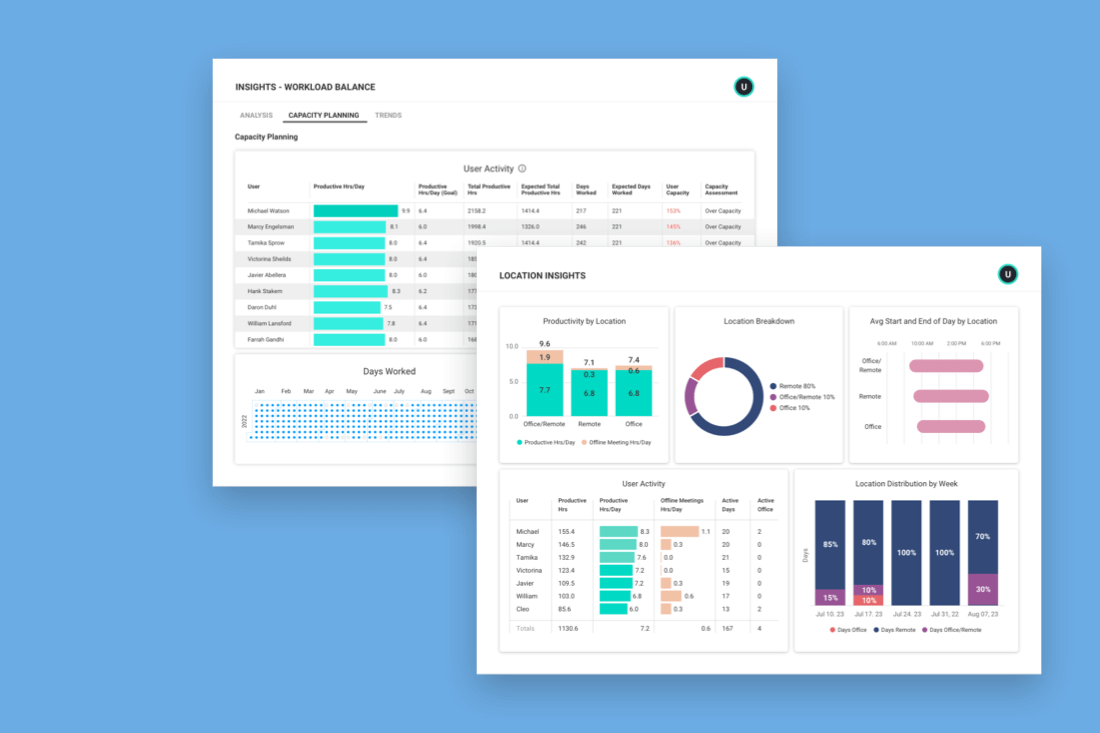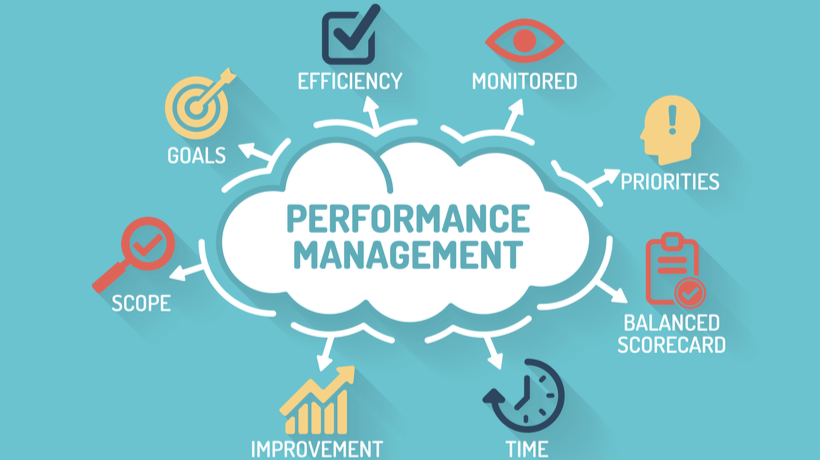Automated data processing tools help businesses handle large volumes of information without delays. They also reduce errors and free staff from repetitive chores. These tools allow firms to sort, analyze, and present data in real time. Many industries rely on them to boost efficiency, protect records, and support quick decisions.
This article covers the core benefits, possible setbacks, and best ways to use automated data processing tools. You will also find direct answers to common questions and a set of reviews from actual users.
Introduction to Automated Data Processing Tools
Automated data processing tools work with software scripts and structured workflows. They collect information from different sources, convert it into a standard format, and store it for easy access. People no longer need to input each record by hand. Instead, the program extracts, filters, and organizes entries.
Key Activities:
- Data Collection: Systems gather records from forms, sensors, or files.
- Cleaning and Validation: Tools check for missing values or wrong fields.
- Transformation: Platforms unify various file types into one format.
- Storage: The processed data goes into a database or cloud repository.
- Reporting: Managers receive insights in dashboards or downloadable files.
These steps shorten data handling times and lessen the chance of manual mistakes. A firm can quickly detect trends and respond before a small setback becomes a crisis.
Why Are These Tools Useful?
A human resource department may process dozens of applications daily. A retailer may track thousands of transactions each hour. Automated data processing tools reduce bottlenecks and cut labor expenses. They also help employees concentrate on tasks that need a personal touch.
Benefits:
- Speed: Automations run day or night, with minimal downtime.
- Accuracy: Script-based processing lowers the odds of data-entry errors.
- Scalability: Tools can handle extra loads during busy seasons.
- Security: Systems can use encryption or controlled logins to protect data.
- Clarity: Well-structured records let managers see patterns without confusion.
These points guide leaders to plan expansions or cost-cutting efforts. Businesses that invest in these solutions rarely go back to manual steps.
Main Types of Automated Data Processing Tools
Companies can choose from a range of tools. Each category serves different needs, but they share a basic aim: handle data with minimal human input.
- Extract, Transform, Load (ETL) Platforms
- What They Do: Move information from one database to another while fixing errors and unifying formats.
- Potential Drawback: Large-scale ETL may slow older systems if not planned carefully.
- Optical Character Recognition (OCR) Solutions
- What They Do: Convert scanned documents or images into editable text.
- Potential Drawback: Handwritten scripts or low-quality images can produce garbled results.
- AI-Powered Tools
- What They Do: Use machine learning to sort data or spot inconsistencies.
- Potential Drawback: Training these systems requires specialized expertise and good sample data.
- Workflow Automation Software
- What They Do: Connect various apps and trigger events based on set rules.
- Potential Drawback: Unexpected data points might stall or break automated tasks if they were not included in early planning.
- Specialized Industry Platforms
- What They Do: Offer features for specific fields, such as finance or healthcare, with built-in compliance standards.
- Potential Drawback: Niche tools can cost more because of license fees or update charges.
When deciding on a tool, leaders should test how well it merges with existing processes. They should also weigh the cost of adoption against potential benefits.
How to Get Started
Businesses often struggle with the first step. Adopting automated data processing tools should begin with a clear plan. This plan defines goals, sets a budget, and identifies potential risks.
Simple Implementation Steps:
- Identify Pain Points: List areas where manual tasks slow progress or cause errors.
- Research Solutions: Compare features, support options, and costs.
- Run a Pilot: Test a solution with a small set of data.
- Evaluate Outcomes: Check speed gains, error rates, and feedback from staff.
- Plan Full Rollout: Once the pilot succeeds, extend the tool to other departments or tasks.
- Provide Training: Teach employees how to handle new steps or fix small issues.
These steps reduce the risk of confusion. They also help a business judge if automated methods truly fit its workflows.
People Are Always Asking
“Is it safe to rely on automated data processing tools for essential operations?” Some experts say yes, provided you follow good security and backup rules. Encryption shields data from prying eyes, while real-time backups preserve files in case of a system crash.
Others ask if these solutions fit small businesses. Even a startup can benefit by automating order entries or payment logs. Small operators sometimes think that automation is a big-firm luxury. In truth, simple tools can manage daily tasks, leaving staff free to focus on sales or customer service.
“Will employees lose jobs?” is another frequent concern. Automation can replace certain manual tasks. At the same time, these shifts often let teams concentrate on creative projects or relationship-building. Over time, the firm can diversify roles and skill sets.
Real Reviews from Users
Technology Startup:
“We picked a cloud-based ETL service to move data between our sales app and our order system. We save hours each day, and error counts fell dramatically.”
Retail Chain:
“We use a workflow tool to sync inventory records with each branch. Our managers see up-to-date stock levels, and we no longer oversell items.”
Healthcare Clinic:
“An OCR solution simplifies how we process lab forms. Our staff now completes tasks quickly, and patients appreciate shorter wait times. A few forms still require manual review, but the time savings remain huge.”
Some clients note that fine-tuning automations can take longer than expected. Others mention that platform fees may rise if data volume increases. Overall, they find that the improvements in speed and accuracy outweigh these concerns.
Potential Drawbacks to Watch
Automated data processing tools bring many advantages. However, buyers must consider possible weak points:
- Setup Costs: Software licenses or development fees can be high. Firms must plan their budgets carefully.
- Learning Curve: Staff need guidance to manage new dashboards or troubleshoot minor bugs.
- Risk of Overdependence: A system crash can halt data flows if there is no fallback plan.
- Privacy Concerns: Tools that handle personal details require strict security.
- Integration Issues: Old platforms may not work well with modern automation software.
Organizations should address these challenges early. Budget allocations for training or system upgrades often solve many of these problems.
References
- International Organization for Standardization (ISO) – Offers guidelines for data quality and security procedures.
- Global Data Management Community – Houses forums and whitepapers on automated processing practices.
- Major Software Vendors – Giants like Microsoft, Google, and AWS publish resources that detail how to integrate and secure automated data tools.
These references help business owners learn more about how automation improves data integrity.
Frequently Asked Questions (F&Q)
- Does automation replace in-person auditing?
- Automation speeds data handling, but an in-person check can spot anomalies or local issues that software might skip.
- Can we integrate these tools with old databases?
- Many solutions include adapters. However, some outdated systems may need extra coding or outside help to connect.
- Do we need an on-site expert?
- A technician can help set up advanced features, but small firms might manage simpler automation with remote support.
- How often do we need upgrades?
- That depends on each vendor. Some release monthly patches. Others update tools only a few times per year.
- Is cloud-based processing secure?
- Leading providers use encryption, strict access controls, and regular security audits. Still, firms must follow best practices for passwords and staff training.
Final Thoughts
Automated data processing tools offer a direct way to handle large data sets, reduce errors, and boost daily productivity. Firms of all sizes see benefits when they follow a step-by-step plan and invest in training. These tools can also serve as a key part of a broader strategy to control operating costs.
While setup expenses and the learning curve can cause short-term concerns, the long-term gains often eclipse these issues. Company managers who select tools that match their needs—backed by solid references and reviews—generally achieve faster decision cycles, more accurate reporting, and simpler ways to manage critical data.









